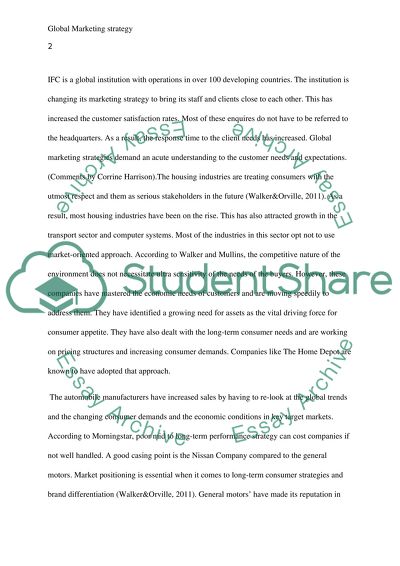Cite this document
(“Global Marketing Strategy Essay Example | Topics and Well Written Essays - 1750 words”, n.d.)
Retrieved from https://studentshare.org/marketing/1461910-global-marketing-strategy
Retrieved from https://studentshare.org/marketing/1461910-global-marketing-strategy
(Global Marketing Strategy Essay Example | Topics and Well Written Essays - 1750 Words)
https://studentshare.org/marketing/1461910-global-marketing-strategy.
https://studentshare.org/marketing/1461910-global-marketing-strategy.
“Global Marketing Strategy Essay Example | Topics and Well Written Essays - 1750 Words”, n.d. https://studentshare.org/marketing/1461910-global-marketing-strategy.


